Only few tourists take the opportunity to explore the fishing villages along the narrow road that leads from Kotor to Lepetane, on the foot of the 768 m high peninsula and mountain called Vrmac.
The lack of accessibility is also the reason why the villages in this area – Muo, Prčanj and Stoliv – have not been spoilt by concrete apartment buildings and other modern constructions. Lovers of traditional architecture and charming ‘ponta’s’ or ‘mulo’s’ have renovated old stone houses along the coast, but many of them are still inhabited by local fishermen and their families. They all enjoy the quiet and the beautiful view of Dobrota and Perast on the opposite side of the Bay.
Those travelers, who are interested in authentic fishing villages, their culture and history, will certainly find many interesting sites along this picturesque road.
Muo
Leaving Kotor, you will pass through the charming fishing village of Muo. Actually, Muo has grown together with the Kotor suburban area of Škaljari by the intensive residential construction in the south-eastern part of Kotor.
Muo, what a strange name! In fact, the real name should be Mulo, referring to the large number of ‘mulo’s (small docks for fishing boats)’along the coastal road. In the past, the inhabitants of Muo were fishermen They built these ‘mulo’s’ in front of their houses in order to protect their boats against the waves. At a length of only a few kilometers, you can see around 50 of them. This might be a Mediterranean record!
Each ‘mulo’ is different, but they are all partly surrounded by stone masonry walls, on which you can often see laundry, drying in the fresh air. Everything looks like a century ago, in particular when you spot old men and women sitting on the ‘pidžuni’ (stone benches along the front wall of their houses). Almost all multi-storey houses at the foot of the picturesque Mount Vrmac were built in one line, directly along the shore.
Muo was already mentioned in 15th-century documents stored in Kotor Historical Archives. Some words and names used by the inhabitants of Muo in their fishing vocabulary are of Greek and Roman origin, which indicates that the fishing tradition in this place is very old.
The oldest preserved monument in Muo is the Church of Saints Cosmas and Damian, which was built in the 13th century.
The Palace of the Three Sisters (‘Tre Sorelle’)
Approaching Prčanj, you will see an amazing stone palace on the left side of the road. It is called ‘Tre Sorelle’ or ‘Three Sisters’. With three roofs, three towers and three windows on each floor, it is the best-preserved example of Gothic profane architecture outside the urban historical cities in Montenegro. It was built in the 15th century and belonged to the noble family of “Buća” from Kotor.
There is a wonderful legend about the history of this palace. It was the home of three beautiful sisters, who were in love with the same man, a sailor named Jerko. This was a big problem for Jerko, as he was not sure which sister he wanted to marry. And so he went sailing and never returned.
The sisters prayed for his health and kept hoping that he would come back and marry one of them. They would often sit by their windows, expecting Jerko’s return. In vain, as he never came back…
Years passed by, the sisters got older and died one after another. The windows of the deceased sisters were bricked up, but when the third sister died, there was no one to brick up the last window.
In the meantime, the original building was reconstructed, but the windows are still testifying that this legend could also be a real story!
Prčanj
Driving slowly through Prcanj, you will see that the town’s waterfront consists of a long line of stone villas, unified by their beautiful facades and Renaissance balconies, and surrounded by Mediterranean gardens and olive groves. Nowadays, the place has ‘grown together’ with Donji Stoliv and it has around 1100 inhabitants.
In the 17th and 18th century, Prčanj was, just like many other settlements around the Bay of Kotor, famous for its maritime activities, in particular marine shipping. Numerous scientists, painters, sea captains, musicians and bishops were born here. They left deep traces in the history of this settlement, and in the whole Boka Kotorska.
The most famous citizen of Prčanj was Ivo Visin (1806), a sea captain. He was the first South Slav who circumnavigated the world with his sailing ship ‘Splendido’. His journey around the world lasted from 1852 to 1859. For this undertaking, he was decorated by the Austrian Emperor Franz Joseph with a flag of honor called ‘Merito navali’.
The most significant building in Prčanj is the parish church/cathedral dedicated to the Nativity of the Blessed Virgin Mary (Bogorodičin Hram), built in Renaissance-Baroque style according to the design of the Venetian architect Bernardino Maccaruzzi.. Its construction lasted from 1789 to 1909. With its monumental baroque façade and impressive stairways, it is the largest church in the Bay of Boka Kotorska. The interior shows paintings of Ivan Meštrović and Tripo Kokolja, and a special attraction is the icon of the Mother of God on the main altar, dating back to the 14th century.
The Church of St. Nicholas was erected around 1730. Don’t miss a visit of the Franciscan Monastery with its spacious courtyard. Both buildings, damaged by the earthquake in 1979, were renovated and the monastery was transformed into a nice local museum about the history of this area (entrance free of charge).
Donji Stoliv and Gornji Stoliv
Donji Stoliv (Lower Stoliv) is located at the very seashore and has around 500 inhabitants. The village was created by the gradual moving of the inhabitants of Gornji Stoliv (Upper Stoliv) during the 17th and the 18th century. At that time, it was called ‘New Village’.
Nowadays, Donji Stoliv is famous for its festival “Days of Camelia”. The first camelia from Japan was brought by the Stoliv seamen in the 18th century.
And what happened to Gornji Stoliv? In 1961 this settlement had only 15 inhabitants and nowadays, most houses are abandoned.
From Donji Stoliv, you can make a 45 minute walk to Gornji Stoliv, located at an altitude of 240 m above sea level. Near the post office, you will find a narrow path that leads uphill. The old pebble road-stairway takes you zigzag up to this peaceful hamlet through chestnut woods and olive groves. A fantastic view over the entire Boka will burst before you up there. And what is most important: the village has succeeded in keeping its original form and authenticity.
When you continue your road trip, you will soon reach the narrowest spot of the Boka Kotorska, the Straight of Verige, and the village of Lepetane. Don’t forget to make a stop at the promontory called Our Lady of Angels, named after the church built there and reconstructed in 2015.
Continue your trip to Tivat or take the ferry to the other side of Boka Kotorska in the direction of Herceg Novi. I am sure that you will enjoy this trip!
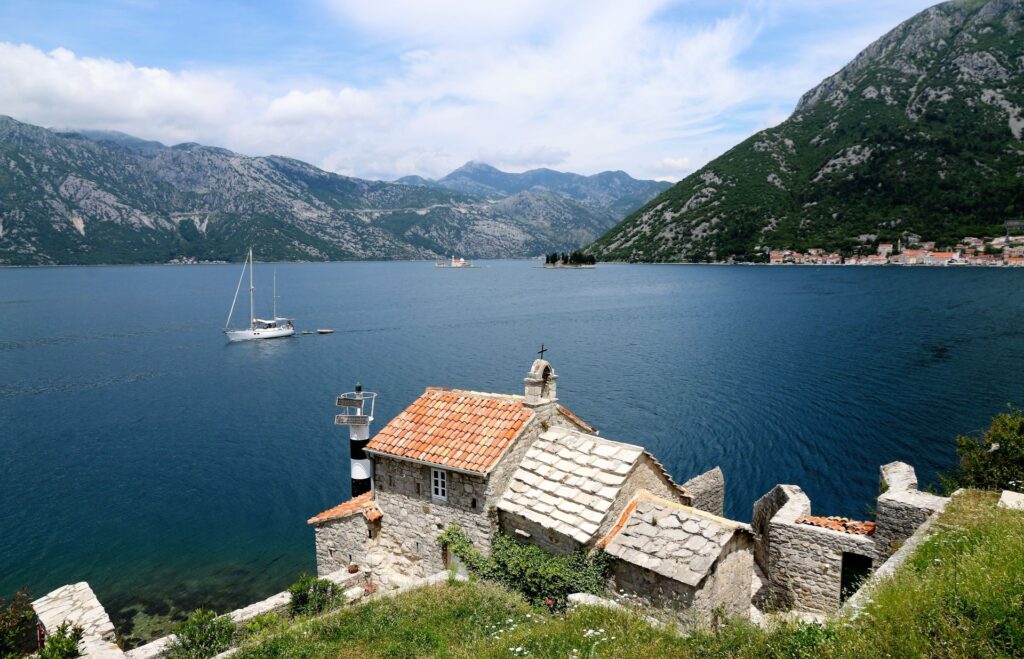
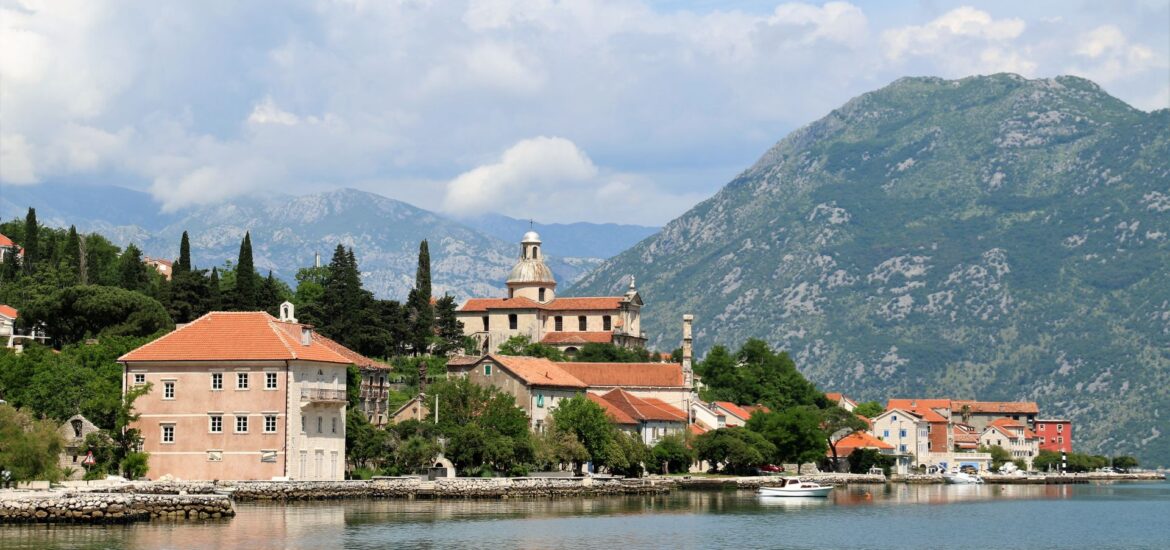
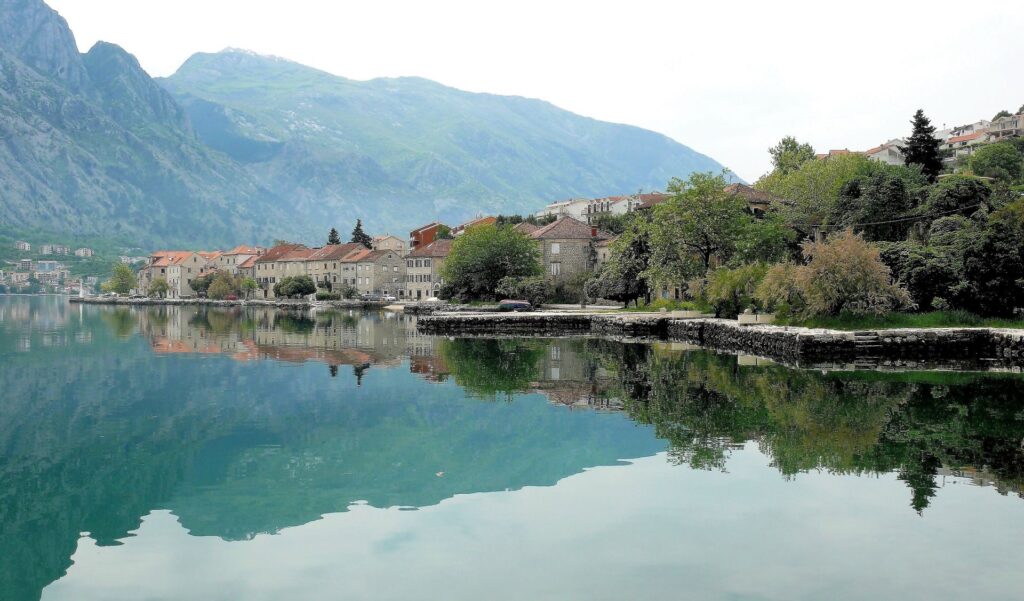
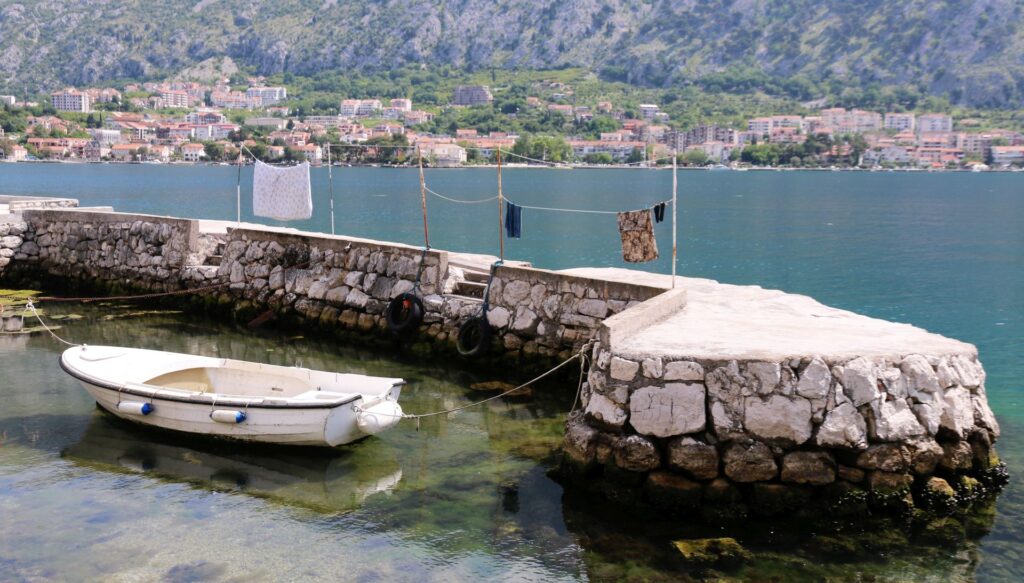
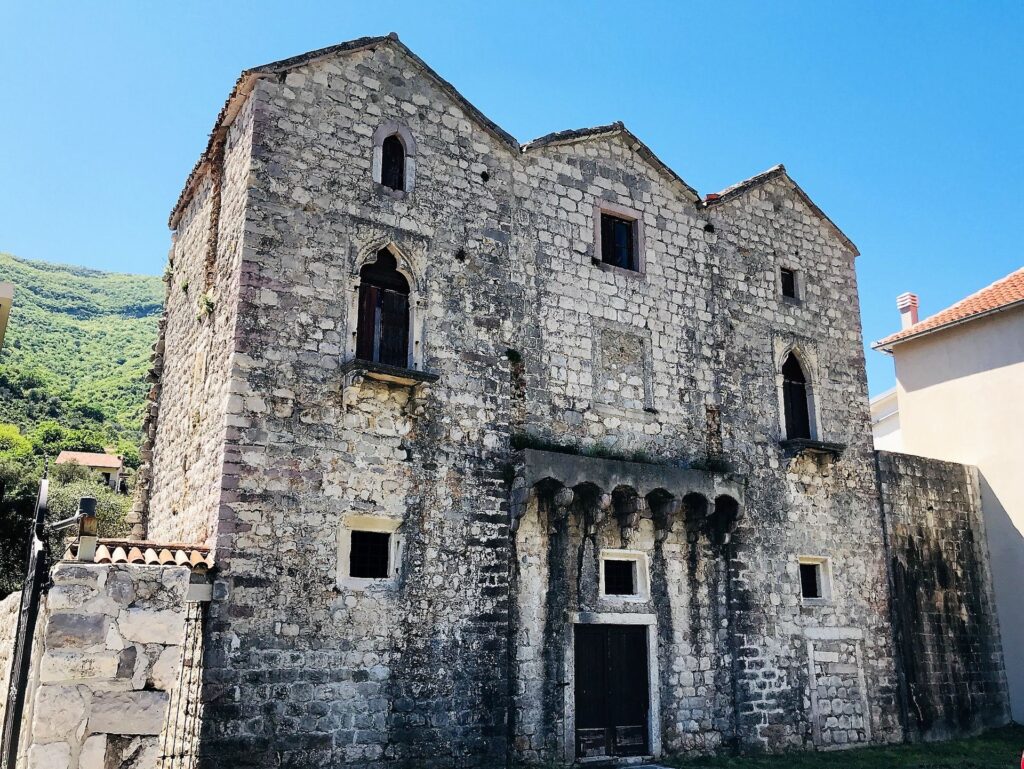
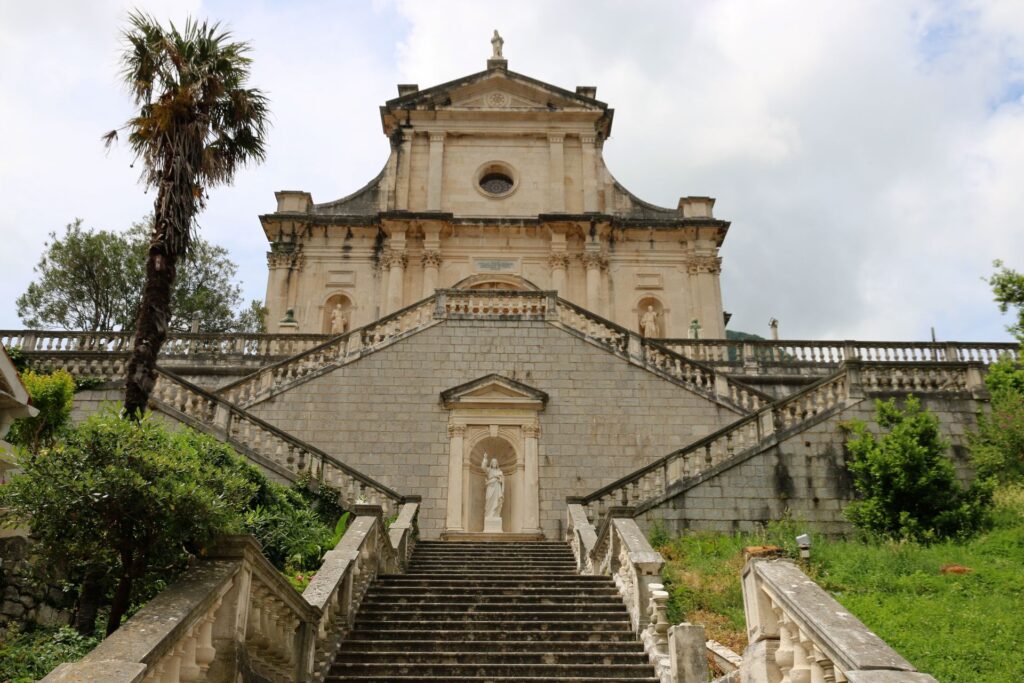
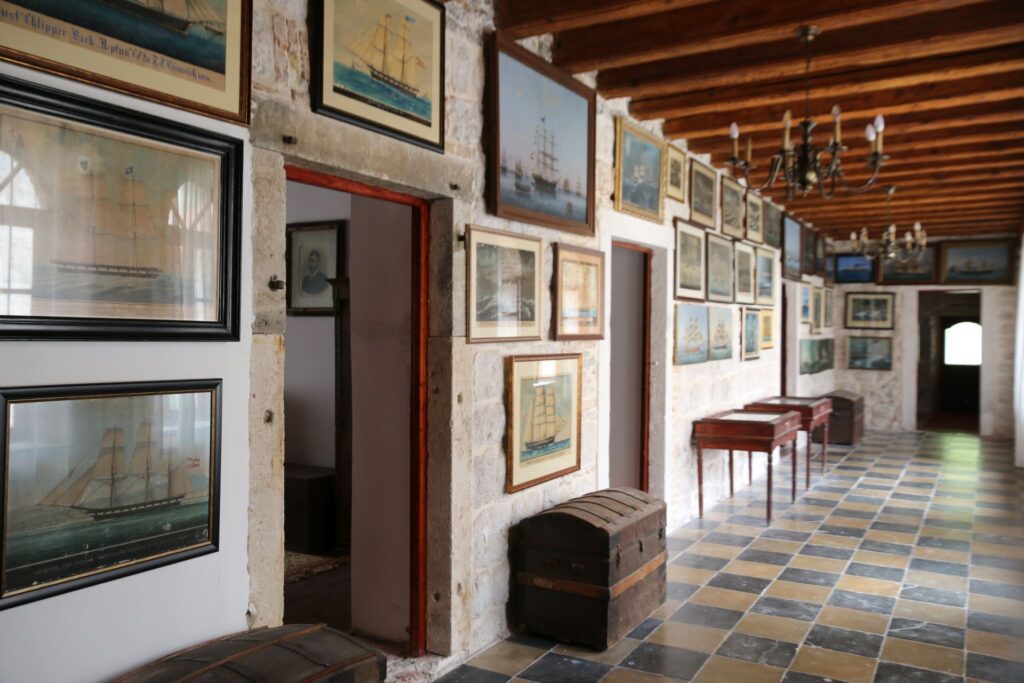
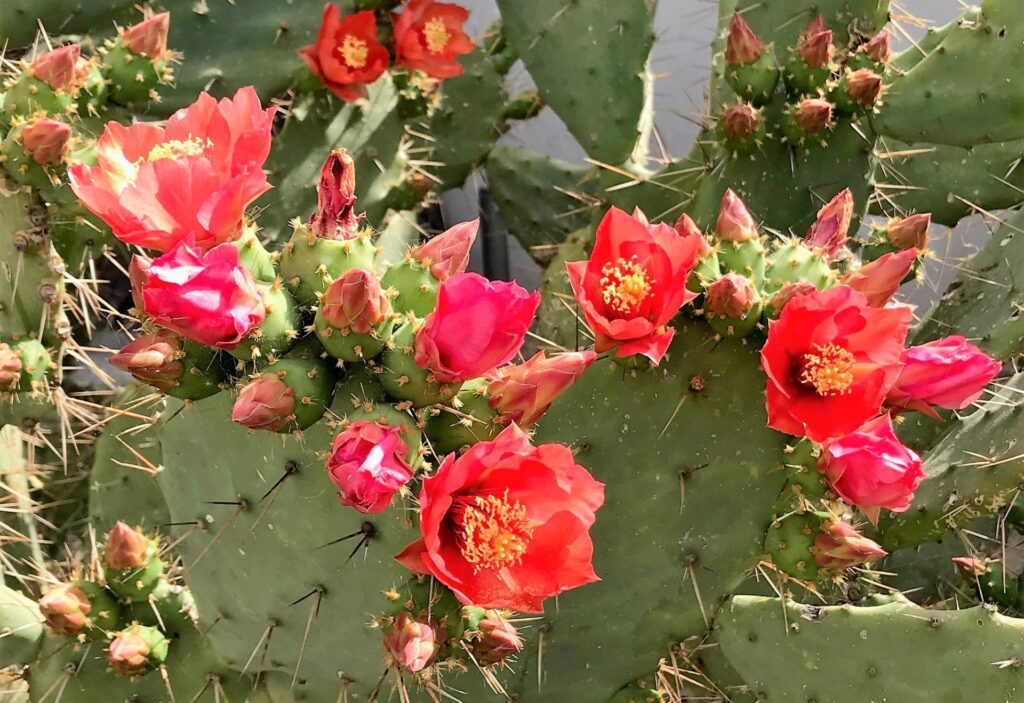
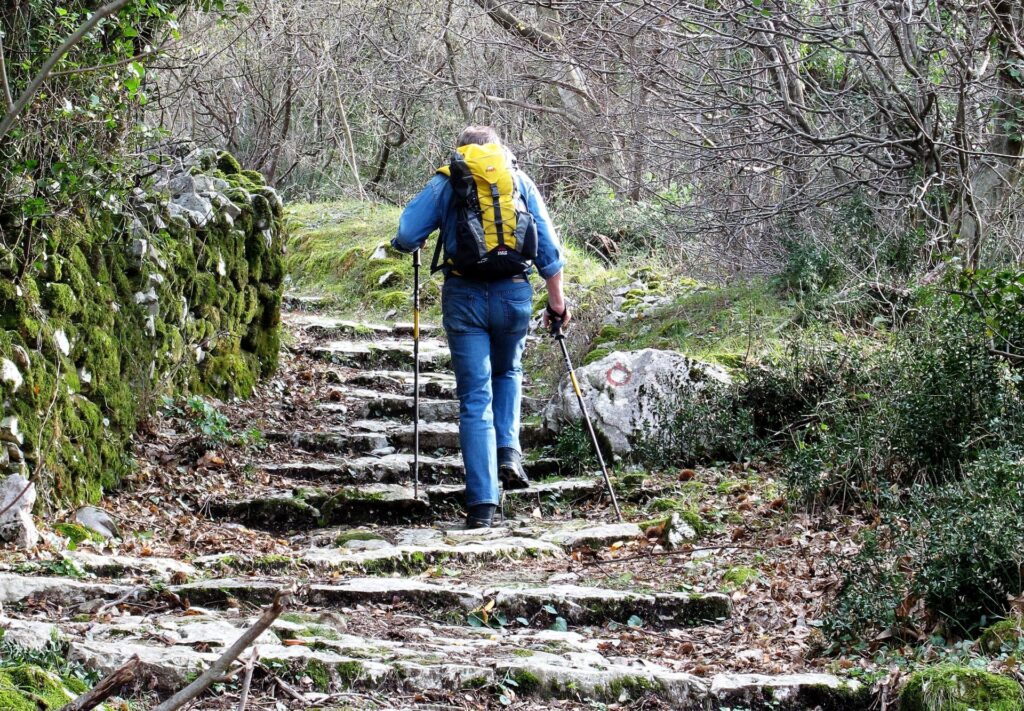
Hello, Marianne.
One more time a wonderfull report. I enjoy them all. Sadly i can’t visit or live in Montenegro in ths time…..I hope to visit Montenegro next year when pandemie is over. What about financial crisis in Montenegro caused by chinese Road- and Bridgeconstruction?
Greetings
Reinhard K.
Germany
Heel mooi elke keer opnieuw.Ik ben verliefd op
Hi Marianne,
great post as usual, beautiful country indeed.
You once said: “Montenegrins do not know what they have” and it is absolutely true. My wife is from Niksic and we try to visit Montenegro as much as we can. A few years ago I visited all the gems you mentioned in your post. Although I did not know about the local museum at the Franciscan Monastery.I’m confused about one thing. Which monastery are you mentioning? As far as I could understand from your post, there is a monastery next to St. Nicholas church. But, above these buildings (on the mountain) there is another monastery. It is hardly visible from Prcanj, but you can clearly see it from further away. From Orahovac for example. Is that, by any chance the monastery you are mentioning? At the time when I was there, it was in ruins. I do not know if it is renovated now, as such I am curious, have you been to that monastery. I once tried to hike up to it, but when I went up to the mountain, there happened to be a large unleashed dog in the middle of the road, and I was afraid to proceed any further.
I will be very surprised if that monastery is indeed renovated, but you never know, in Montenegro, anything is possible.
Looking forward to your next post.
Regards,
Aleksandar L
Canada
Hi Aleksandar,
Thank you for your nice words.
As I wrote, the local museum is in the Franciscan monastery next to St. Nicolas church. It is a new museum in the renovated monastery buildings with many items and paintings from the history of Boka. Worth a visit!
The ruined monastery you saw on the mountain is the church of Gornji Stoliv, an abandoned village that can be reached on foot from Donji Stoliv. See my appropriate blog post.
It is a nice hike, I hope that you will soon get the opportunity to explore the area yourself.
Kind regards,
Marianne
Hi Marianne,
thank you very much for your reply.
I have read almost all of your posts. I have been to both Donji and Gornji Stoliv as well, I hiked all the way to the village, although Church of Gornji Stoliv is not the one I was talking about. I was for sure talking about the one in Prcanj. It is hidden on the Vrmac, but it looks magnificent. I mean, it is in ruins, but still looks magnificent from the sea side. The locals explained to me how to go up there, it is possible. I will send a screenshot of where it is via email. It is right between svetionik and Bogorodicni Hram, but up on the mountain.
Regards
Aleksandar